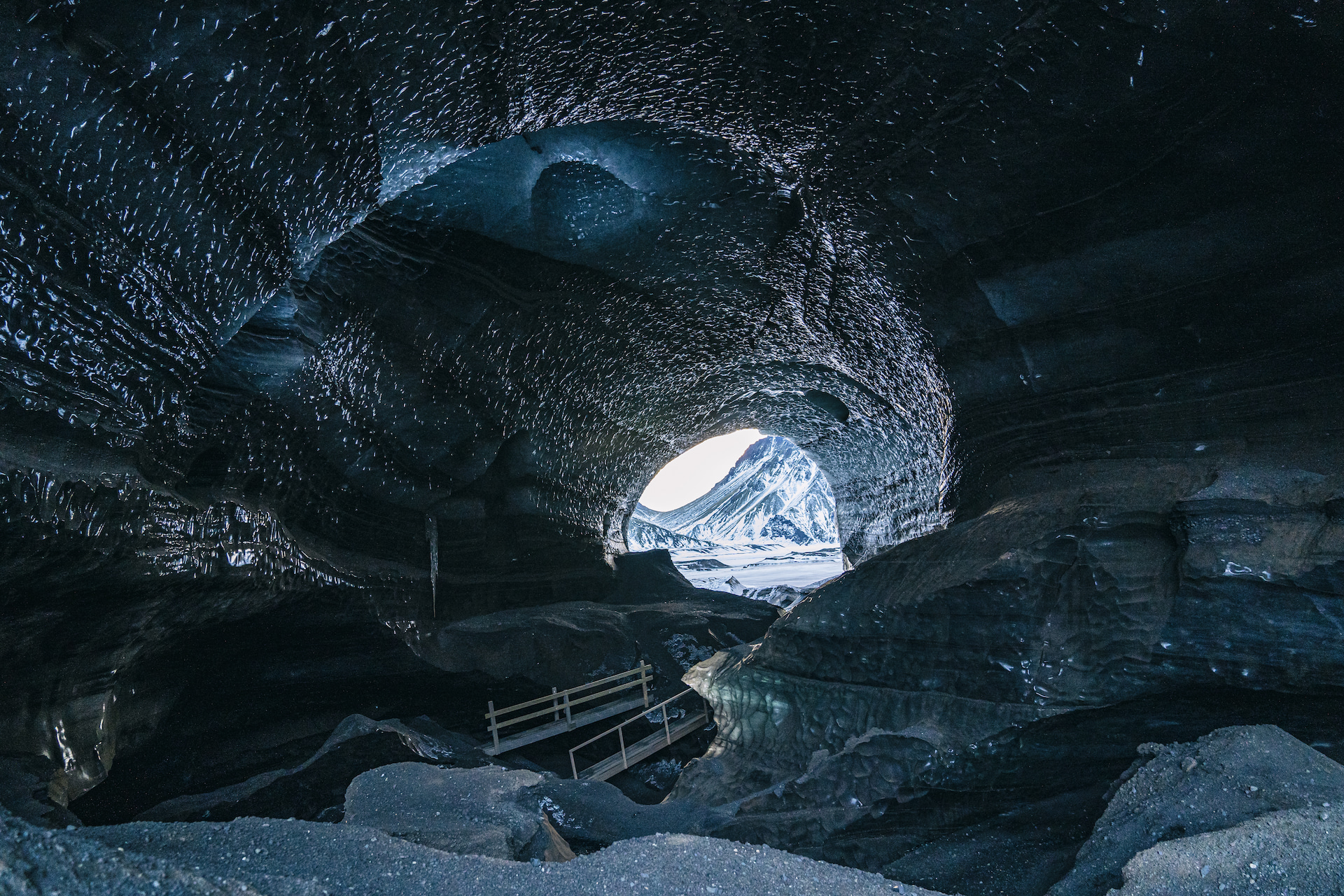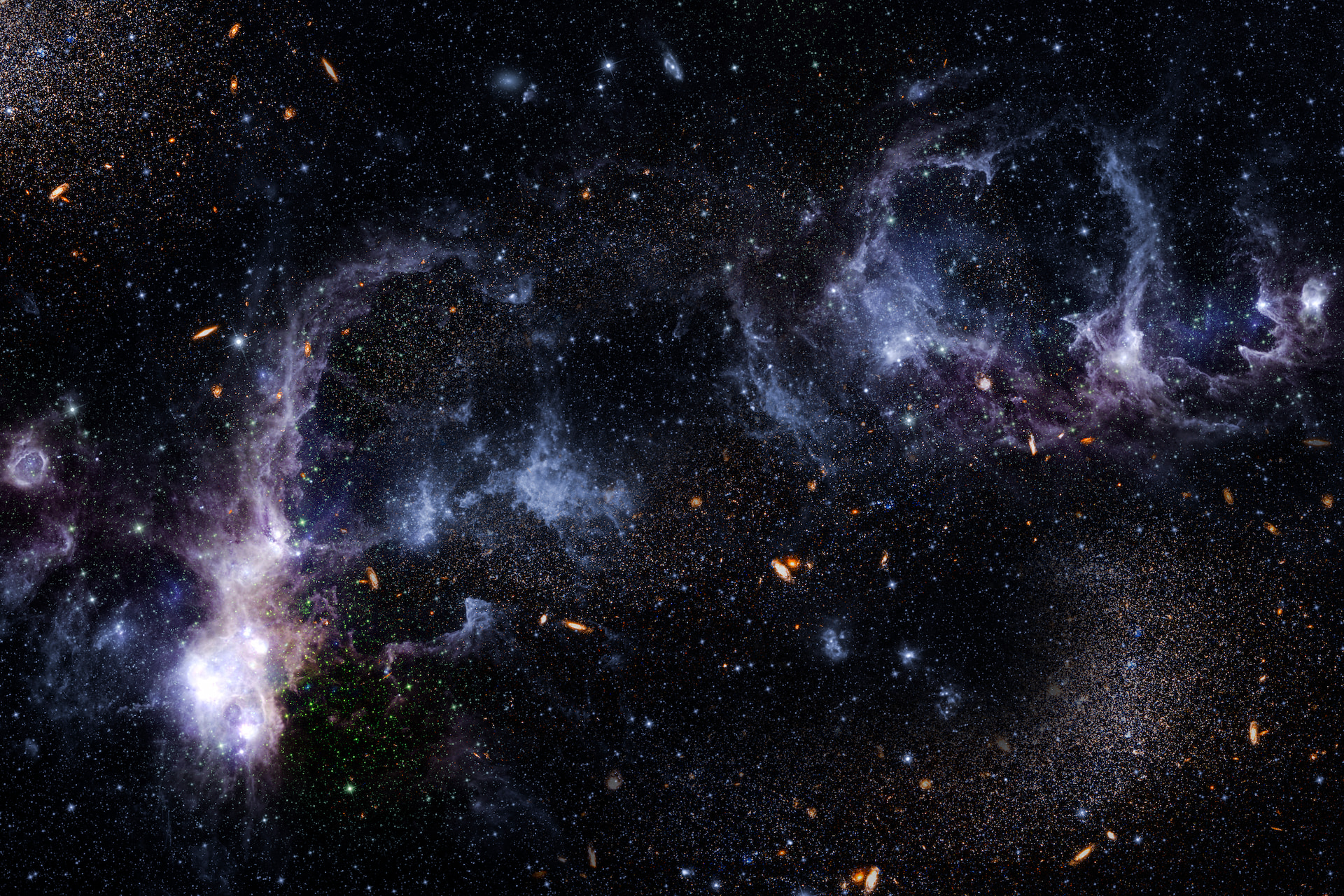Air Products is set to deliver a bespoke nitrogen liquefaction equipment suite to the Fermi Research Alliance (FRA) to bolster research related to the Deep Underground Neutrino Experiment, or DUNE. The DUNE research endeavor will be conducted over a mile beneath the ground within the South Dakota Black Hills, situated at the Sanford Underground Research Facility (SURF) at the US Department of Energy (DOE) Fermi National Accelerator Laboratory, often referred to as Fermilab.











